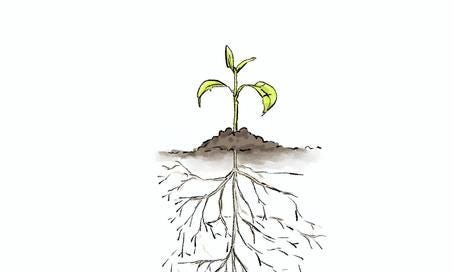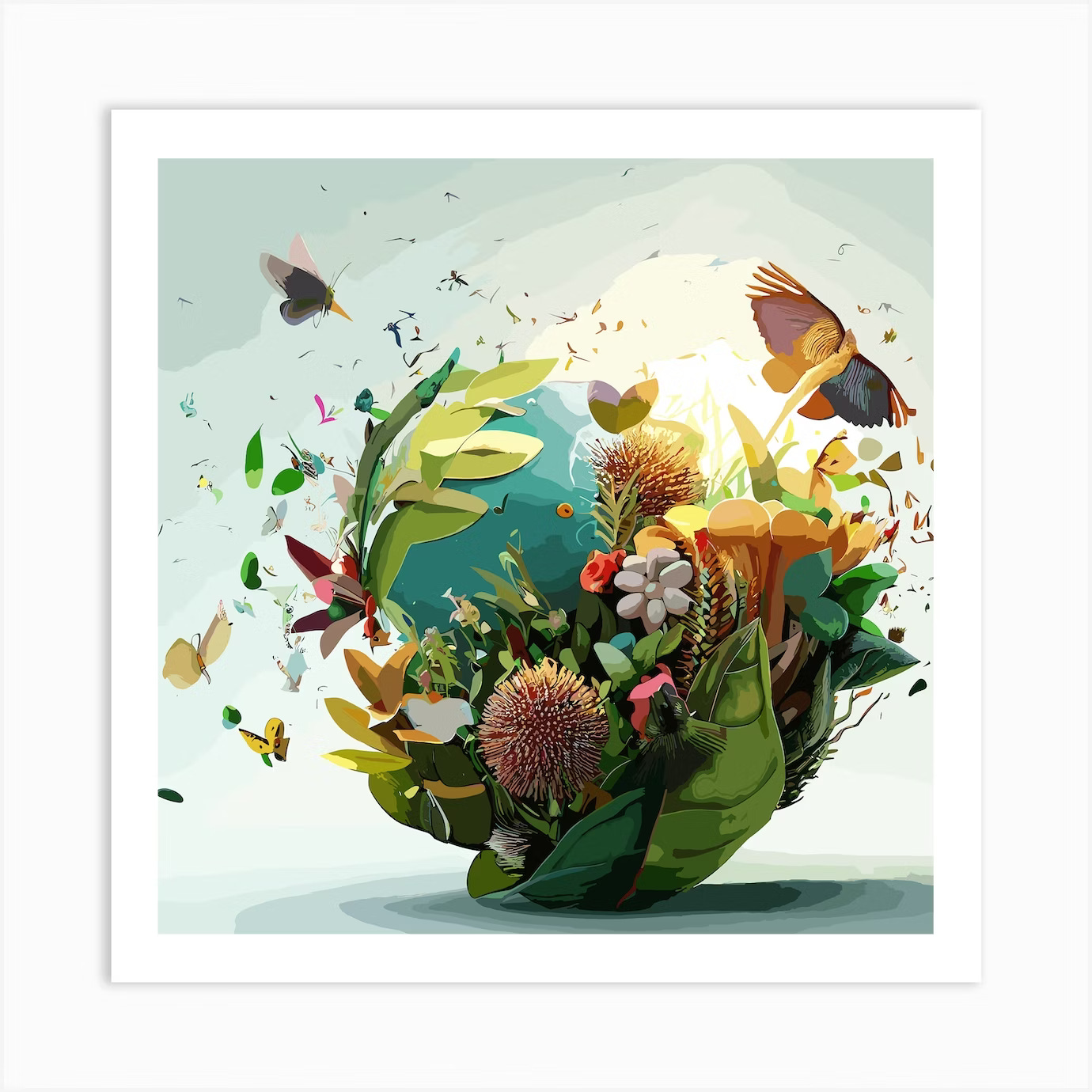Advocacy as an Ecosystem
A living, interconnected, adaptive system of care, change and co-flourishing
Instead of seeing advocacy as one person or a single action, this model sees it as an ecosystem: a dynamic web of roles, signals, supports and environments.
Advocacy becomes less about a singular voice or fight and more about the conditions we create, maintain and evolve together.
There are some key elements of the advocacy ecosystem that I'd like us to consider.
1. Interdependence over independence
Advocacy thrives through connection, not heroism. Roles shift. Everyone matters. No one burns out trying to be everything.
Some days, you’re the one carrying others. Some days, others carry you. Capacity ebbs and flows. That's just how life works.
In this ecosystem we value interdependence over independence, because if advocacy leaves you exhausted and depleted it's just perpetuating harm.
2. Regenerative by design
A healthy advocacy ecosystem replenishes itself.
Rest, repair and community care are built into the system.
We acknowledge and understand the fact that burnout leads to the system breaking down.
3. Diversity strengthens the whole
Just as biodiversity strengthens an ecosystem, advocacy is made powerful by the inclusion of diverse voices, lived experiences and ways of communication like non-speaking, intuitive, or sensory-led ways.
Advocacy as an ecosystem rejects a singular way of being and doing and recognises the fact that each expression holds insight and each is valuable in its own right.
4. It is responsive not reactive
Rather than reacting in crisis, this model listens for early signals of imbalance and adapts accordingly.
Reactivity is short term whereas responsiveness listens before it moves.
Think about it this way : it focuses more on fire prevention rather than firefighting.
5. Non-hierarchical & nonlinear
There is no single leader in a thriving ecosystem. Advocacy flows through relationships, not ranks.
It’s messy, layered and alive where knowledge and connection are drawn from relational safety and trust.
SENDwise Hub is a reader-supported publication. To receive new posts and support my work, consider becoming a free or paid subscriber.
What does this perspective teach?
Advocates are not saviours. They’re part of a system, doing their part while honouring the whole.
Support looks like tending to the roots, not just spotlighting the blooms. This support is focused on building healthy foundations, then celebrating the visible results.
Progress isn’t linear. Growth, decay, composting, rest.. all part of the cycle.
Language shifts from dominance and victory to nourishment, reciprocity and connection.
To see advocacy as an ecosystem is to make a conscious shift from striving to sustaining. We then start to move differently and nurture a culture of care that benefits us all, no matter the neurotype or disability.
That's how we keep the system alive.
⭐ If you’re looking for digital and affordable resources, you can browse them here.
⭐ If you’re on any social media, come join me on Facebook, Instagram or LinkedIn.






